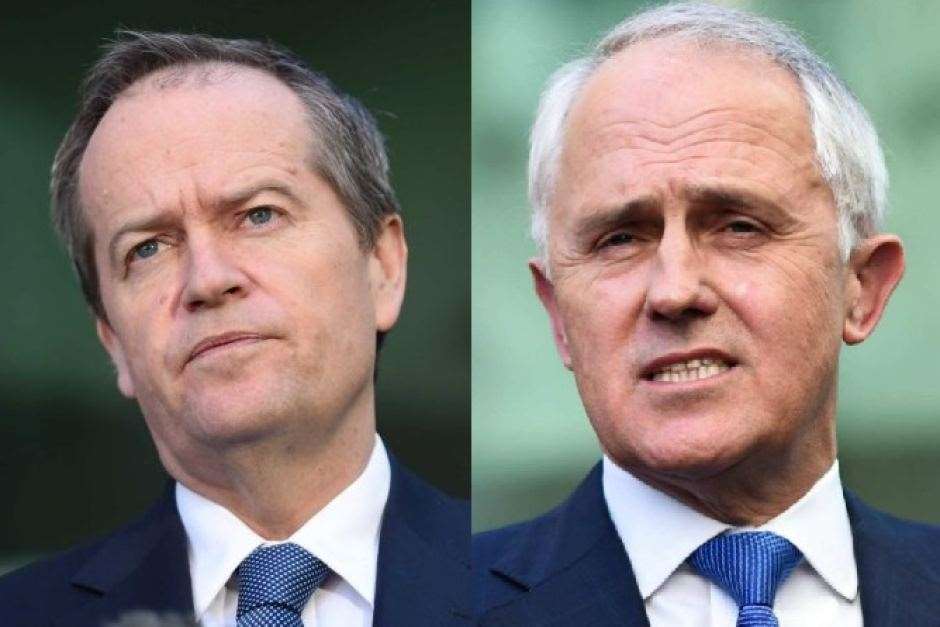After a marathon 8 week campaign, Australia is no closer than it was on Friday to knowing who will form government for the next term, leaving the National Innovation and Science Agenda and NBN policy in doubt.
As at 8:45am on Monday the Australian Electoral Commission (AEC) showed 71 seats won by the ALP, 67 seats won by the Coalition, 1 seat each for Katter Australia and The Greens, 2 seats each for Nick Xenephon Team and Independents with 6 seats yet to be determined. 5 of those seats would need to fall to the ALP for them to have a majority in the House of Representatives.
Counting will not resume until Tuesday as the AEC seeks to avoid a repeat of the 2013 WA Senate election which saw a re-run after a number of ballot papers were lost.
The tech sector has seen one of their strongest advocates, Assistant Minister for Innovation Wyatt Roy MP, seemingly removed from Parliament by the people of Longman. He is currently 2017 votes behind Susan Lamb of the ALP and, according to political commentators, will struggle to make up the gap.
Minister for Industry, Innovation and Science Christopher Pyne MP has suffered a 4% swing against him, but has been comfortably returned in his South Australian seat of Sturt.
What this means for the National Innovation and Science Agenda is, at this stage, unknown. On July 1, just a day before the election, applications for the Incubator Support Program opened. It appears that the continued existence of programs like this will now depend on a count which could take up to two weeks.
Likewise, the digital sector is no closer to knowing what will happen with the development of the NBN. After years of changes and delays, many in the business and academic world (along with the ACS) are keen to see the NBN finished so that the benefits of it can begin to more readily flow.
Both the Prime Minister and Opposition leader have commenced negotiations with the cross bench members, however a result in terms of who forms government is not expected until the end of the week.









